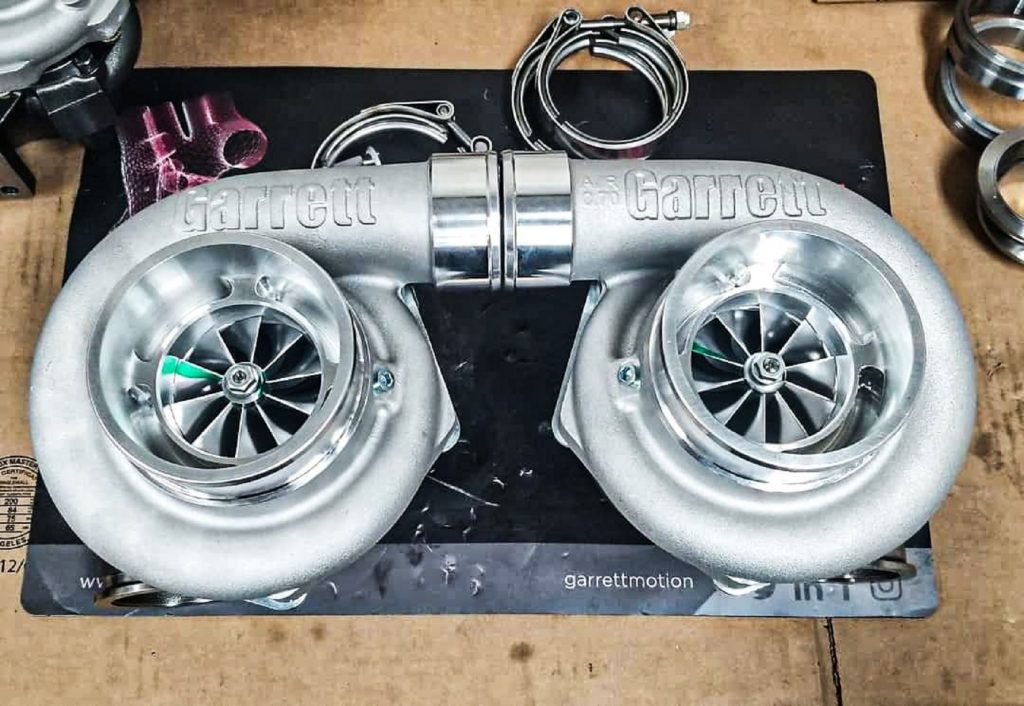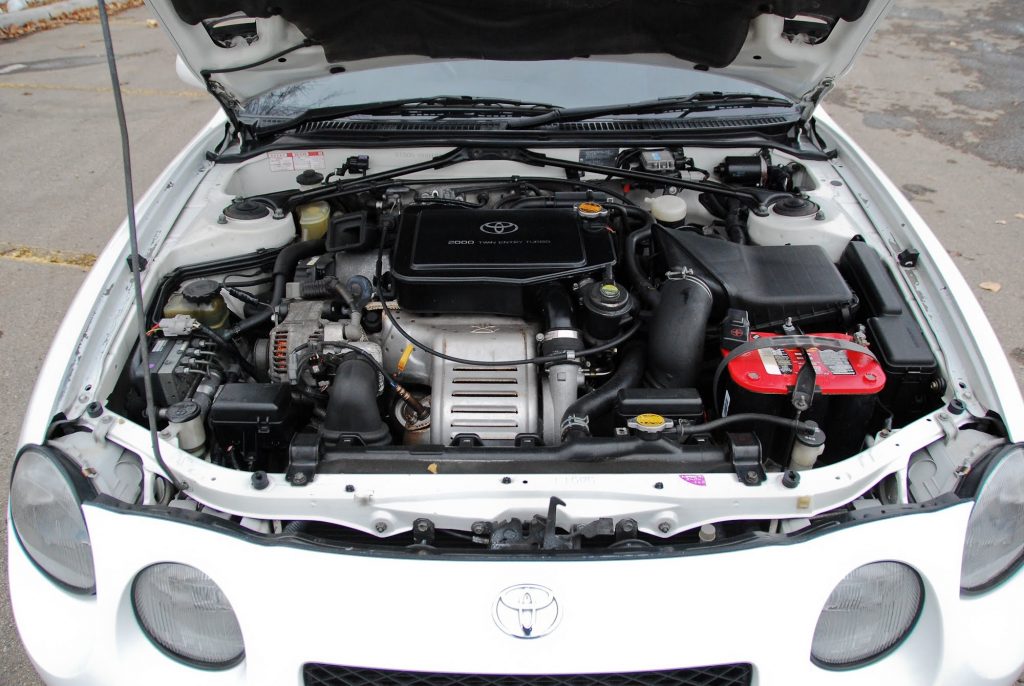Can You Add a Turbo to a Non Turbo Car
If you're looking to give your car more horsepower, intakes and exhaust modifications only go so far. And while tires and suspension tuning can add speed in the corners, at some point, more output is required to go faster. That's often achieved via forced induction—which typically, for tuners and OEMs, means a turbocharger. But is putting a turbo on a naturally-aspirated car really that simple?
The turbocharger is only part of the process
Putting a turbocharger on a naturally-aspirated engine doesn't fundamentally change how the engine works. Air is still sucked into the combustion chamber, where it's mixed with fuel and combusted. The difference is that the turbo gets spun up by the expelled exhaust gases. This lets it compress more fresh air into the combustion chamber. More air means a bigger boom which means more power.

However, while a turbocharger's operation sounds simple in theory, in reality it can quite complex. For example, differently-sized turbos are better in different parts of the RPM range, Hot Rod explains. Then there's different vane geometries to consider, CarThrottle reports, and where to place the turbos themselves.
RELATED: A 2100-Hp R32 Skyline GT-R Is the Fastest AWD Drag Car in the World
But turbocharging an engine requires more than just picking the kind of turbo you want. As the turbos start spinning, they heat up, especially on the exhaust side, Haynes explains. This heats up the incoming air, making it less dense and oxygen-rich, which cuts into power output. That's why turbocharged engines have intercoolers—to cool the air after the turbo compresses it.
There's also the matter of making sure enough air gets into the turbos. Aftermarket intakes and exhausts don't offer much for naturally-aspirated engines, yes. However, for forced-induction engines, it's a different story.
In addition, making more power requires not just more air, but extra fuel, too. And it's the job of the car's ECU to properly meter and monitor air- and fuel-flow. So, to keep up with the incoming air, the engine needs a modified ECU and upgraded injectors, ItStillRuns explains. An upgraded fuel pump may also be required.
And even after that, there are still potential pitfalls.
What to watch out for during the build
All the parts and modifications mentioned so far are about maximizing how efficiently your turbo works. But, while the turbocharger does add power, it can also damage or even destroy your engine if used improperly.
RELATED: Is Supercharging a Toyota 86 a Good Idea?
The extra power comes from a more violent explosion within your engine's combustion chambers. And your car's pistons, valves, and other internal components may not be able to handle it. It's not uncommon, TorqueCars explains, for tuners to fit larger valves, increase port size, and stronger, more expensive pistons to compensate. Plus, the added power can increase wear on your clutch. That's why ItStillRuns recommends fitting an upgraded or racing-spec clutch if you're turbocharging your car.
Also, there's the matter of the boost process itself. One simple way for a previously-turbocharged engine to make more power is to crank up the boost settings. However, not only does that put more stress on the internal components, but it also increases the change of premature ignition. This is the dreaded 'knock,' or 'detonation,' which comes from fuel combusting uncontrollably. And it can damage your engine even more.

RELATED: Why Do Similar Turbo Engines Make Different Power Figures?
To avoid this, in addition to intercoolers, sometimes turbocharged engines will come with water injection. It's often fitted to rally cars, but it's only recently that high-end performance cars have started coming with it from the factory. It's why the 1994 ST205 Toyota Celica GT4 is so widely-regarded for having one at that time. This cools the incoming air, even more, making it denser and preventing detonation.
Knock prevention is also why turbocharged cars often require higher-octane fuel. Octane is a measure of knock resistance—the higher the number, the lower the chance of detonation.
Caring for a turbo
RELATED: Yamaha Is Getting Back Into Turbocharged Bikes
In short, although you can theoretically add a turbocharger to almost any naturally-aspirated engine, it's not a plug-and-play process. There are a lot of parts that require careful consideration. Luckily, some tuning companies have taken some of the guesswork out of the process. For example, Colorado-based Flyin' Miata offers complete turbo kits that add a claimed 75-85 hp without injector upgrades.
After you install a turbo and all the requisite hardware, though, there are a few additional care tips worth noting. Some OEMs, for instance, quote more-frequent spark plug changes with their turbos, Cars.com reports. You also shouldn't lug your engine, or drive in high gear at low RPM, if it's turbocharged, R&T reports.
In addition, not only are turbochargers lubricated by the engine oil, they can be rather hard on it, Mobil reports. Low-quality oil, and infrequent oil changes, can lead to turbo failure. As can failing to let the oil get up to temperature, or shutting the engine off immediately after driving. In the latter case, that can leave some oil in hot parts of the turbos, where it can burn up and leave damaging deposits.
Follow more updates from MotorBiscuit on our Facebook page.
Can You Add a Turbo to a Non Turbo Car
Source: https://www.motorbiscuit.com/can-you-put-a-turbo-in-any-naturally-aspirated-car/